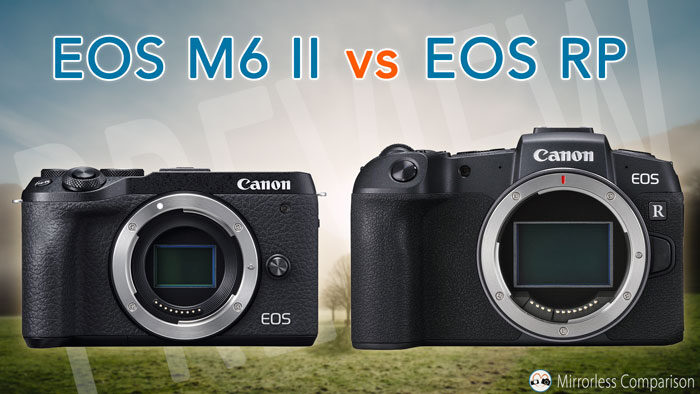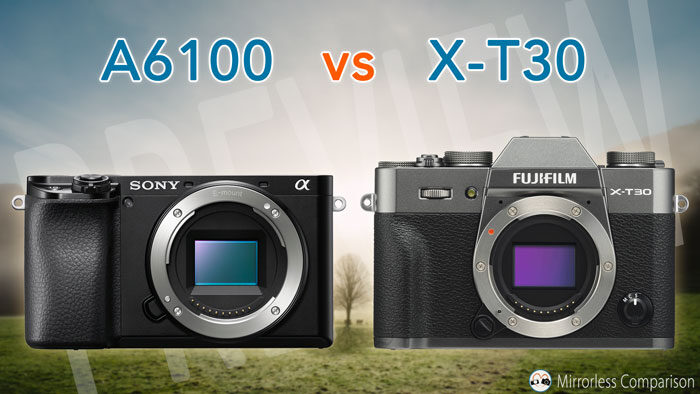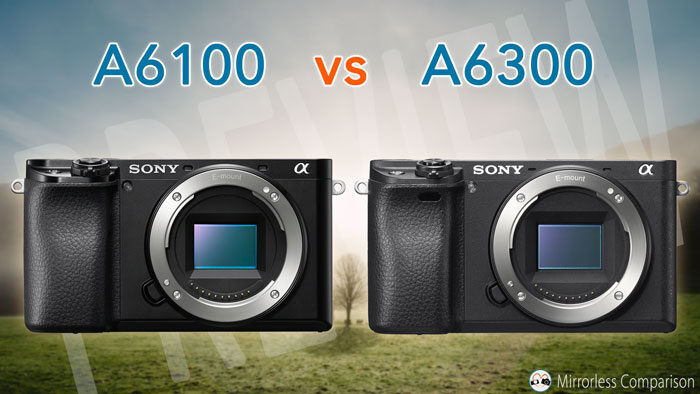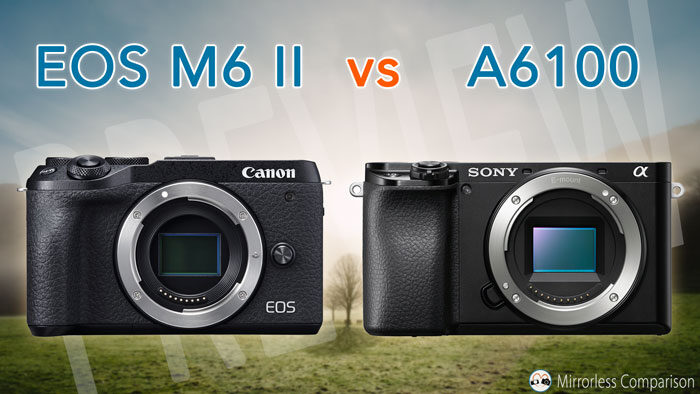Two of the most recent mirrorless cameras from Canon are the EOS M6 II, the flagship in the EOS M range of cameras with an APS-C sized sensor, and the EOS RP, an affordable mirrorless camera with a 35mm sensor (full-frame). Although they share a number of characteristics, there are some important ways in which they differ, starting of course with the sensor. Let’s take a look at them now!
Preview
Sony A6100 vs Fujifilm X-T30 – The 10 Main Differences
If we look at the price (at least the American one), it would perhaps be more correct to compare the Fujifilm X-T30 to the Sony A6400, but it turns out we already did!
The recent A6100 is the next in line. It shares many characteristics with the A6400, making it a logical competitor for the Fuji model. In this vast market of mid-range APS-C mirrorless cameras, you’ll be likely to come across these two cameras and wonder how they compare. The good news is that you’ve come to the right place for the answers!
Sony a6100 vs a6300 – The 10 Main Differences
The A6300, which was announced more than three years ago, is being discontinued now that Sony has revealed three new APS-C models: the a6100, a6400 and a6600. However, you can still find the camera in many stores and on the second-hand market.
You may be wondering if the recent A6100 is the better choice given that they share a near-identical design and are similarly priced. Here you can find out the most important differences between the two E-mount cameras.
Sony A6600 vs Fujifilm X-T3 – The 10 Main Differences
The Sony A6600 is the latest addition to the E-mount APS-C range, and also the most advanced APS-C camera to date from the brand. There are some interesting changes to the design and usability, but if we compare it to one of the most popular high-end mirrorless cameras, the Fujifilm X-T3, we can immediately see that it is up against some stiff competition! Let’s take a look at how they compare.
Canon EOS M6 II vs Sony a6100 – The 10 main differences
The Canon EOS M6 II and Sony a6100 were released on the same date in 2019. Both target an enthusiast audience with their APS-C sized sensors, phase detection AF systems, 4K video capabilities, and fast burst speeds.
Despite having a number of characteristics in common, there is also an equal number of ways in which these two models differ. Let’s take a look at them now!





